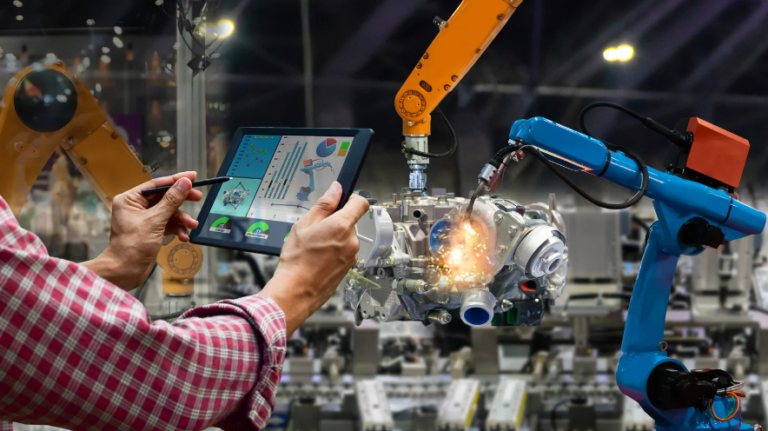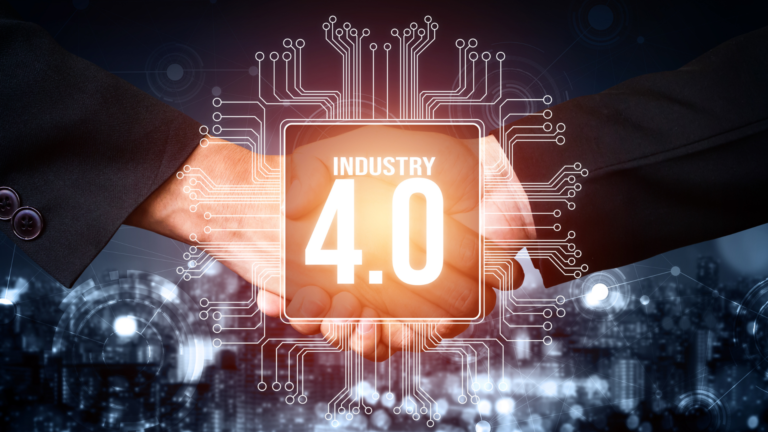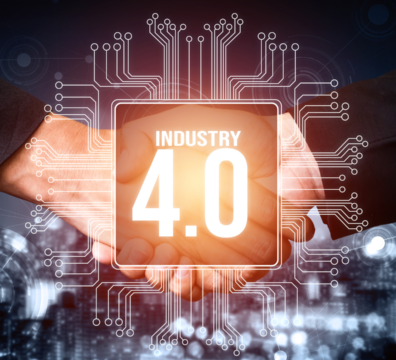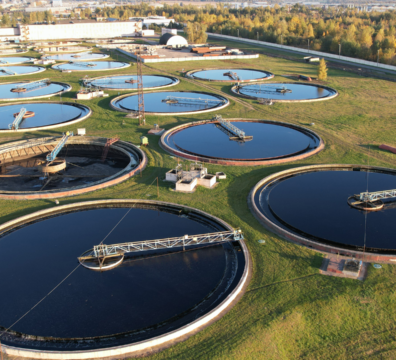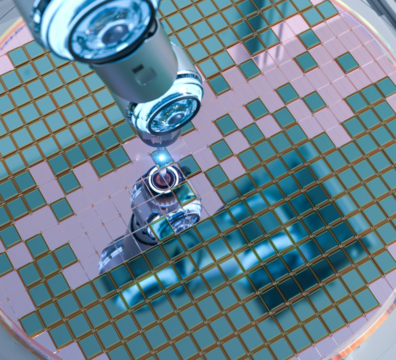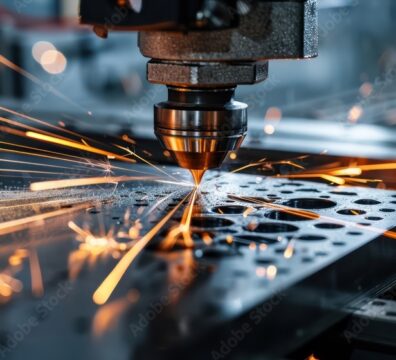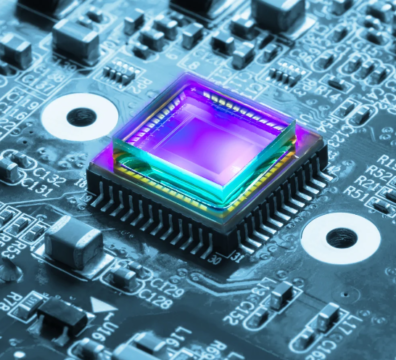Zero defect manufacturing – is it all in the mind? Manufacturing of microsemiconductors is demanding a fresh, AI-driven approach throughout the production process, capable of analysing vast amounts of data to model and predict defects and prevent them from occurring.
The quest for zero-defect manufacturing isn’t new. First coined as a term by Philip Crosby back in 1979, it was seen as a mindset. A “conformance to requirements – nothing more, nothing less”. Adopted by some of the world’s biggest brands, including the likes of Toyota, Ford, Apple and Coca-Cola1, a casual observer might assume zero-defect manufacturing is already a done deal.
But in the ever-evolving, ever more complex, landscape of semiconductor manufacturing, the pursuit of zero-defect production has become a critical objective. As the demand for microsemiconductors continues to grow, driven by advancements in technology such as artificial intelligence, the Internet of Things (IoT), and autonomous systems, ensuring the highest possible quality standards in production is more crucial than ever.
Today, modern zero-defect manufacturing is more than a ‘mindset’, it’s an AI-driven process based on vast datasets from multiple sources and predicts problems and prevents them from occurring, saving time, cost and environmental impact across the production process.
The Importance of Zero-Defect Manufacturing in Microsemiconductors
Microsemiconductors are the backbone of modern electronics, powering everything from smartphones to high-performance computing systems. As these devices become more sophisticated, the tolerance for defects in microsemiconductors has diminished dramatically. Even the slightest imperfection can lead to significant performance issues, reliability problems, or, in the worst-case scenario, complete device failure. As a result, achieving zero-defect manufacturing is not just a competitive advantage; it is a necessity for manufacturers looking to maintain their market position and meet the stringent quality demands of their customers.
Traditional quality control methods, which often rely on post-production inspection and testing, are no longer sufficient in the high-stakes world of microsemiconductor manufacturing. Instead, a proactive approach that incorporates real-time monitoring, predictive analytics, and AI-driven decision-making is required. This shift towards AI and ML-based quality control is not just about preventing defects but about creating a manufacturing environment where defects are anticipated and mitigated before they can impact production.
Leveraging Machine Learning and AI for Defect Prevention
Machine learning and AI offer powerful tools for identifying and preventing defects in microsemiconductor manufacturing. One of the primary advantages of these technologies is their ability to analyse vast amounts of data generated during the production process. This data, which includes everything from sensor readings to equipment logs, can be used to build predictive models that identify patterns and correlations that human operators might miss.
For instance, machine learning algorithms can be trained to recognise the early signs of equipment wear or process drift that could lead to defects. By continuously monitoring production data, these algorithms can detect subtle changes that precede quality issues, allowing manufacturers to take corrective action before a defect occurs. This proactive approach not only improves product quality but also reduces waste and minimises the risk of costly production delays.
AI plays a vital role in optimising the entire manufacturing process. AI-driven systems can analyse data from multiple sources, including design specifications, material properties, and environmental conditions, to optimise process parameters in real-time. This level of optimisation is particularly valuable in microsemiconductor manufacturing, where even minor variations in process conditions can have a significant impact on product quality.
Challenges in Implementing AI and ML for Zero–Defect Manufacturing
While the benefits of AI and ML in achieving zero-defect manufacturing are clear, there are several challenges that manufacturers must overcome to successfully implement these technologies. One of the most significant challenges is the quality and availability of data. For machine learning models to be effective, they require large amounts of high-quality data that accurately reflect the conditions under which defects occur. In many cases, however, this data may be incomplete, inconsistent, or difficult to access.
Another challenge is the integration of AI and ML systems with existing manufacturing infrastructure. Many semiconductor manufacturers have invested heavily in traditional quality control systems, and integrating these with new AI-driven technologies can be complex and costly. A phased approach, starting with pilot projects that focus on specific aspects of the production process, can help mitigate these challenges and demonstrate the value of AI and ML in defect prevention.
Strategic Considerations for AI and ML Implementation
For business and IT decision-makers, the successful implementation of AI and ML in semiconductor manufacturing requires a clear business case, cross-functional collaboration, and a focus on continuous improvement.
It is essential to develop a clear business case that demonstrates the value of AI and ML in achieving zero-defect manufacturing. This involves not only quantifying the potential cost savings and efficiency gains but also highlighting the strategic importance of quality in maintaining a competitive edge in the semiconductor market. By clearly articulating the benefits, decision-makers can secure the necessary buy-in from stakeholders and allocate resources effectively.
Secondly, cross-functional collaboration is crucial for the successful implementation of AI and ML. Quality control is no longer the sole responsibility of the quality assurance department; it requires input and collaboration from IT, operations, and even external partners. By fostering a culture of collaboration, manufacturers can ensure that AI and ML systems are effectively integrated into the broader manufacturing process and that all stakeholders are aligned on the goals of the zero-defect initiative.
Finally, continuous improvement: AI and ML technologies are constantly evolving, and manufacturers must be prepared to adapt their systems and processes to keep pace with new developments. This requires a commitment to ongoing innovation and a willingness to experiment with new approaches to defect prevention.
The Future of Zero–Defect Manufacturing in Microsemiconductors
Looking ahead, AI and ML will play an increasingly central role in achieving zero-defect manufacturing in the semiconductor industry. As these technologies become more sophisticated, they will enable manufacturers to achieve higher levels of quality and efficiency, ultimately leading to the production of microsemiconductors with virtually no defects.
For manufacturers, the message is clear: embracing AI and ML is not just an option; it is a necessity for staying competitive in an increasingly demanding market. By investing in the right technologies, infrastructure, and skills, manufacturers can not only improve the quality of their products but also gain a significant competitive advantage.
As the semiconductor industry continues to evolve, those who are able to effectively harness the power of AI and ML will be well-positioned to lead the industry and set new standards for quality and performance.
Read the research paper: Zero Defect Manufacturing of Microsemiconductors: An Application of Machine Learning and Artificial Intelligence



